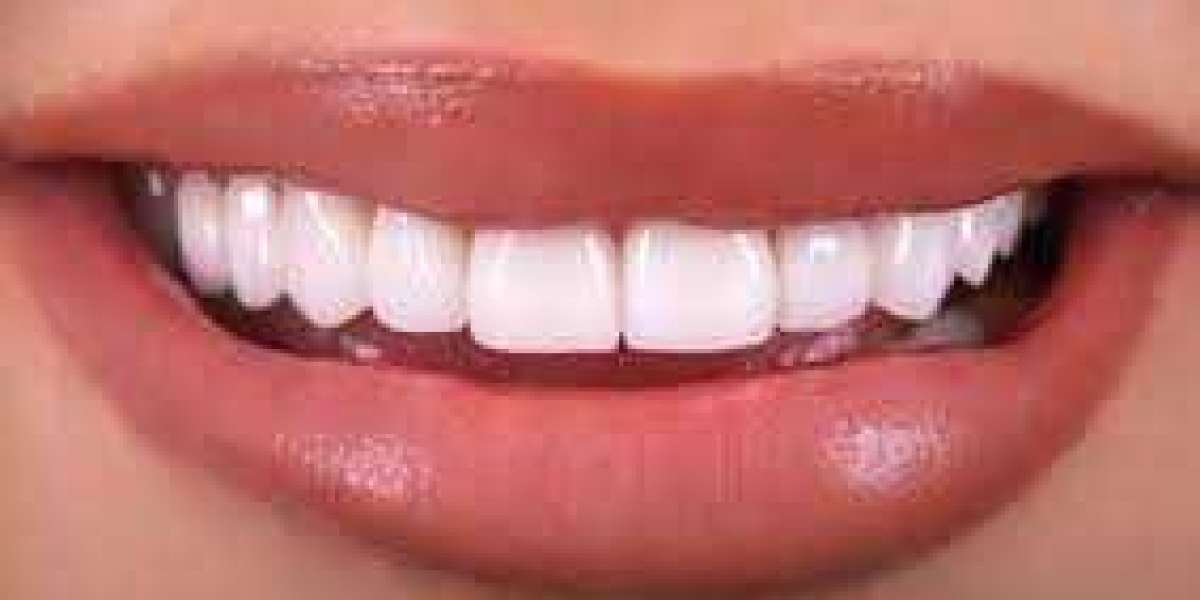Understanding Tooth Discoloration
Before diving into teeth whitening treatments, it's essential to understand the root causes of tooth discoloration. Our teeth can become stained or discolored due to various factors, including:
Extrinsic Stains: These stains occur on the outer surface of the teeth (enamel) and are often caused by consumption of pigmented foods and beverages such as coffee, tea, red wine, and berries. Tobacco use, poor oral hygiene, and certain medications can also contribute to extrinsic staining.
Intrinsic Stains: Intrinsic stains develop within the tooth structure (dentin) and are typically caused by factors such as aging, genetics, trauma, or excessive fluoride exposure during tooth development.
Understanding the underlying cause of tooth discoloration can help determine the most appropriate whitening treatment for each individual case.
Types of Teeth Whitening Treatments
Teeth whitening treatments can be broadly categorized into two main types: professional whitening performed by a dentist and over-the-counter (OTC) whitening products available for at-home use. Let's explore each option in detail:
Professional Teeth Whitening: Professional whitening treatments are performed in a dental office under the supervision of a dentist or dental hygienist. These treatments typically involve the use of higher-concentration bleaching agents and may include:
In-Office Whitening: In-office whitening procedures, such as laser or light-activated whitening, can produce significant results in a single visit. The dentist applies a whitening gel containing hydrogen peroxide or carbamide peroxide to the teeth, which is then activated by a special light or laser to accelerate the whitening process.
Take-Home Whitening Kits: Some dental offices offer custom-fitted trays and professional-strength whitening gel for patients to use at home. These kits allow for more gradual whitening over several days or weeks and offer the convenience of whitening in the comfort of your own home.
Over-the-Counter (OTC) Whitening Products: OTC whitening products are available without a prescription and can be purchased at pharmacies, grocery stores, or online. These products typically include:
Whitening Toothpaste: Whitening toothpaste contains mild abrasives and chemical agents that help remove surface stains and lighten the color of teeth over time with regular use. While they may produce subtle results, whitening toothpaste is not as effective as professional treatments for deeper stains.
Whitening Strips and Gels: Whitening strips are thin, flexible strips coated with a peroxide-based gel that adhere to the teeth. Whitening gels are applied directly to the teeth using a brush or tray. These products are designed for at-home use and are generally more affordable than professional treatments but may take longer to achieve noticeable results.
Tips for Maintaining Whitened Teeth
Once you've achieved your desired level of whiteness, it's essential to maintain your results and prevent future discoloration. Here are some tips for maintaining a bright, white smile:
Practice Good Oral Hygiene: Brush your teeth at least twice a day, floss daily, and rinse with an antibacterial mouthwash to remove plaque and prevent staining.
Limit Staining Foods and Beverages: Minimize consumption of dark-colored foods and beverages that can stain your teeth, such as coffee, tea, red wine, and berries. If you do indulge, rinse your mouth with water afterward or brush your teeth to reduce the risk of staining.
Quit Smoking: Tobacco use not only stains teeth but also increases the risk of gum disease, tooth decay, and oral cancer. Quitting smoking can improve your oral health and help maintain a brighter smile.
Attend Regular Dental Checkups: Schedule regular dental cleanings and checkups to remove surface stains and monitor your oral health. Your dentist can provide personalized recommendations for maintaining your whitened smile.
Conclusion
Teeth whitening treatments offer a safe, effective, and non-invasive solution for achieving a brighter, more radiant smile. Whether you opt for professional whitening performed by a dentist or choose over-the-counter whitening products for at-home use, understanding the causes of tooth discoloration and following proper maintenance techniques can help you achieve long-lasting results. With a dazzling smile, you can exude confidence and leave a positive impression wherever you go.








